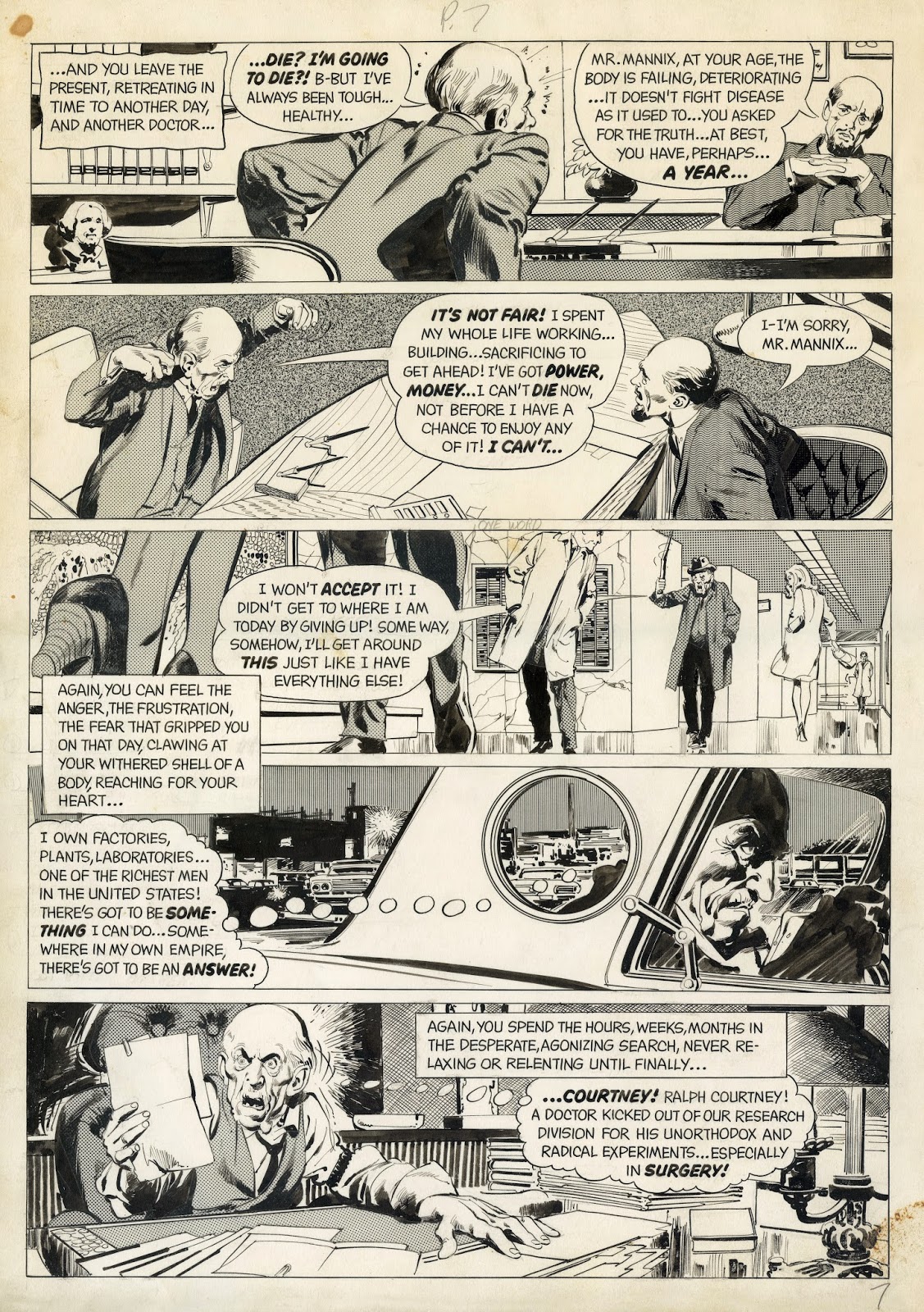I especially love their beautifully designed books, The Iliad and The Odyssey and Myths and Legends.
It's difficult to imagine how a creative team could have been any closer than the Provensens. The two came from very similar backgrounds: both born in Chicago, Martin and Alice each moved to California when they were twelve. There they attended high school and college, then went to work for Hollywood animation studios (Martin at Disney and Alice at Walter Lantz). During World War II, they met and got married, then moved to Washington where they both held jobs supporting the war effort.
In 1950 the Provensens purchased an abandoned farm in upstate New York, far from city life. They moved two drawing tables into a barn and started working together, back to back. Their excellent book, A Year at Maple Hill Farm, describes their life together on the farm. Their styles blended well and for nearly 40 years the couple worked so closely that no one could distinguish who had contributed what to their pictures. In response to persistent questions Alice simply said, “we were a true collaboration. Martin and I really were one artist.” No one ever saw their works in process.
Living and working together in one room there was very little space for privacy or egos. The two seemed to share everything, completing each other's thoughts and brush strokes.
Yet, I was charmed to read that there was one small part of their process that the Provensens decided to keep private from each other. When they were just beginning to formulate an idea, they would sometimes tie a string across the room and hang a sheet or blanket between their two tables. As Alice recalled, "Once in a while one of us may have had an idea we were just developing that we didn't want the other person to see just yet....We would string a curtain up between our desks."
Even though the drape was purely symbolic-- a flimsy piece of cloth that could easily be breached at any time-- it still had psychological importance.
In those first fragile moments of the creative process, when you're trying to coax an idea into existence, a collaborator's words and voices-- or even a second set of eyes-- might scare it off. The constraints imposed by an existing vocabulary could rob a new idea of its potential.
The Provensens might work together all day in the studio, as nekkid as Adam and Eve in the garden of Eden, and never blush once. But the nakedness of a new idea-- that can be a little too personal, and sometimes needs to be kept concealed.

 .
.













































